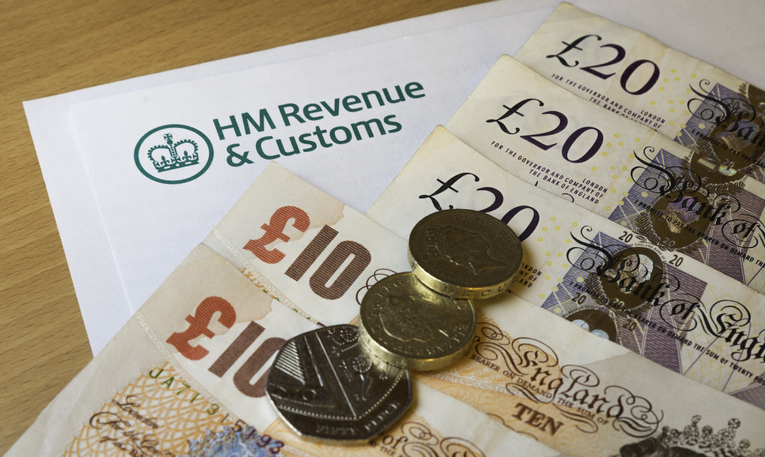How tax relief on your SIPP works
The government effectively gives you 'free money' as an incentive to save. Find out how to get it here.
29th January 2021 13:19
by Rebecca O'Connor from interactive investor
The government effectively gives you 'free money' as an incentive to save. Find out how to get it here.

A Self-Invested Personal Pension (SIPP) has features over and above a workplace pension – choice over where your money is invested, for example. But when it comes to tax, SIPPs have the same benefits as the pension you have – or had – through your employer.
Tax relief is the primary reason that any pension is a worthwhile investment for retirement. It is granted as an extra incentive to put your money away for the very long term – or else we might not do it. Without tax relief, the worry would be that people may not choose to put money away where they can’t touch it for years, instead keeping it in savings accounts. They could then run a greater risk of not having enough income when they give up work.
The caveat is that you can’t access any of the money until you are 55 (rising to 57 in 2028) and, at that point, you are allowed to take 25% of your total pot tax-free.
You then have the option of drawing the rest of your pension, but may be liable for income tax on the remaining amount, depending on how much income you take each year.
- Take control of your retirement planning with our award-winning, low-cost Self-Invested Personal Pension (SIPP)
- Are you saving enough for retirement? Our pension calculator can help you find out.
But back to contributions. The whole point of a pension is to give up the benefit of income now, to take it in future instead.
So, that’s why the Government offers tax relief – equal to the amount of tax you currently pay – on your pension contributions. It’s a big uplift on the returns you can expect, compared to saving. It’s effectively free money from the Government, in fact.
How tax relief is applied
There are different ways that the Government can apply tax relief to workplace pensions. You can either make your pension contribution before you are taxed (net pay) or after (relief at source).
With a SIPP, you can ask your employer to pay into your SIPP instead of the workplace pension on offer, or you can pay in yourself, after tax. Your basic rate tax relief of 20% will be automatically applied by your platform, but if you are a higher or additional rate taxpayer, you have to claim this extra relief yourself, through your tax return.
If your employer is paying into your SIPP for you, this will probably be before tax is calculated, so you wouldn’t need to claim the relief yourself in this instance. It’s important to check on what basis your pension payments come out of your salary.
When you open a SIPP, you have to submit your national insurance number, which is a way for HMRC to track all of the tax you have paid and all the tax you claim.
You will have to select how your tax relief will be applied, depending on how your contributions are being made.
While the basic rate is applied automatically, bear in mind it can sometimes take a few weeks for this to appear in your account, as your SIPP provider has to inform HMRC, then claim the 20% on your behalf and add it to your account.
When you come to fill out your tax return, if you are a higher or additional rate taxpayer, you will have to give details of SIPP contributions you have made, plus the estimated amount of tax relief you are owed over and above the basic rate relief already added to your pension.
Once HMRC has received this information, it will add this relief to your pension.
Checking your documents could save you money
With so many tax relief payment and contribution arrangements, it can become very confusing, but the important thing is to check your payslips, tax returns and pension contributions and statements to make sure you are getting the tax relief you are due, every year.
The amounts can really add up and make a huge difference to your eventual pension pot with investment growth in the mix too, so you don’t want to miss out.
These articles are provided for information purposes only. Occasionally, an opinion about whether to buy or sell a specific investment may be provided by third parties. The content is not intended to be a personal recommendation to buy or sell any financial instrument or product, or to adopt any investment strategy as it is not provided based on an assessment of your investing knowledge and experience, your financial situation or your investment objectives. The value of your investments, and the income derived from them, may go down as well as up. You may not get back all the money that you invest. The investments referred to in this article may not be suitable for all investors, and if in doubt, an investor should seek advice from a qualified investment adviser.
Full performance can be found on the company or index summary page on the interactive investor website. Simply click on the company's or index name highlighted in the article.